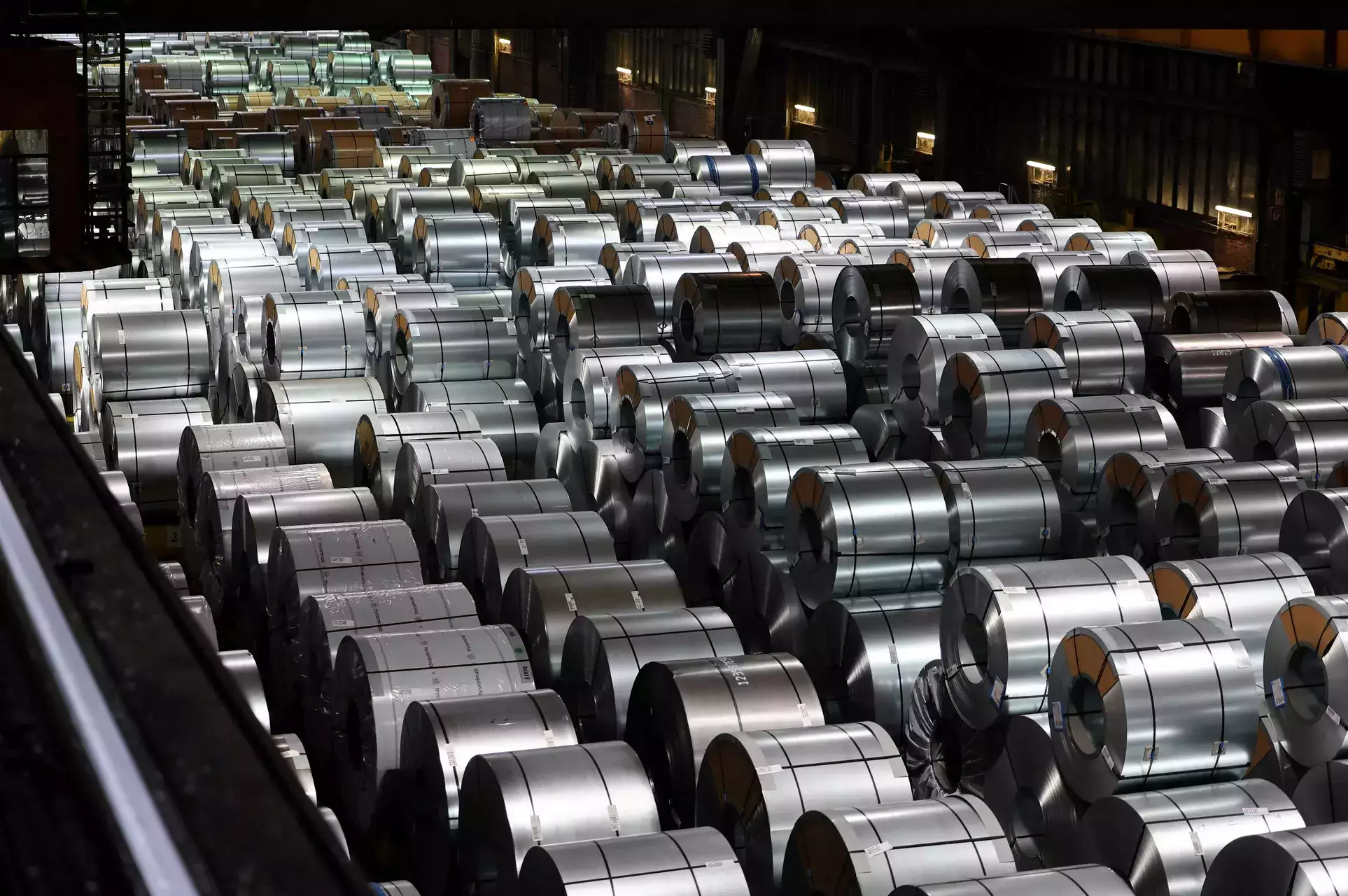 Steel benchmarks on the Shanghai Futures Exchange were weaker. Rebar lost almost 0.6%, hot-rolled coil dipped about 0.3%, wire rod shed nearly 1.2% and stainless steel edged around 0.1% lower.
Steel benchmarks on the Shanghai Futures Exchange were weaker. Rebar lost almost 0.6%, hot-rolled coil dipped about 0.3%, wire rod shed nearly 1.2% and stainless steel edged around 0.1% lower.Iron ore futures prices dipped on Friday, but were on track for weekly gains as investors weighed a softer global demand outlook against better economic data from top consumer China and prospects of further stimulus from Beijing.
The most-traded January iron ore contract on China's Dalian Commodity Exchange (DCE) ended morning trade 0.77% lower at 776.0 yuan (USD 108.95) a metric ton. It has gained 1.37% so far this week.
The benchmark December iron ore on the Singapore Exchange was 0.61% lower at USD 103.05 a ton, as of 0340 GMT. It has risen 2.35% so far this week.
China's new home prices rose at a faster pace in October, suggesting that recent support measures could be having some early impact in a crisis-hit market.
Manufacturing activity in the world's second-largest economy swung back to growth last month as an expansion in new orders led to a pick-up in production growth.
However, new export orders declined to an eight-month low, signalling weakening external demand, which has been one of the main drivers behind a stronger-than-expected manufacturing performance for much of 2024, ING analysts said.
"Moving forward, we'll need to see if the stimulus rollout can lead to a recovery of domestic demand to offset potentially softer external demand picture, which could be even less favourable if we see a Trump victory and subsequent escalation of tariffs," said the ING analysts.
Meanwhile, imported iron ore stocks at 45 major Chinese ports posted their fourth consecutively weekly rise in the week to Oct. 31, reflecting a lower discharge volume, consultancy Mysteel said in a note.
Other steelmaking ingredients on the DCE lost ground, with coking coal and coke down 0.37% and 0.59%, respectively.
Steel benchmarks on the Shanghai Futures Exchange were weaker. Rebar lost almost 0.6%, hot-rolled coil dipped about 0.3%, wire rod shed nearly 1.2% and stainless steel edged around 0.1% lower.
